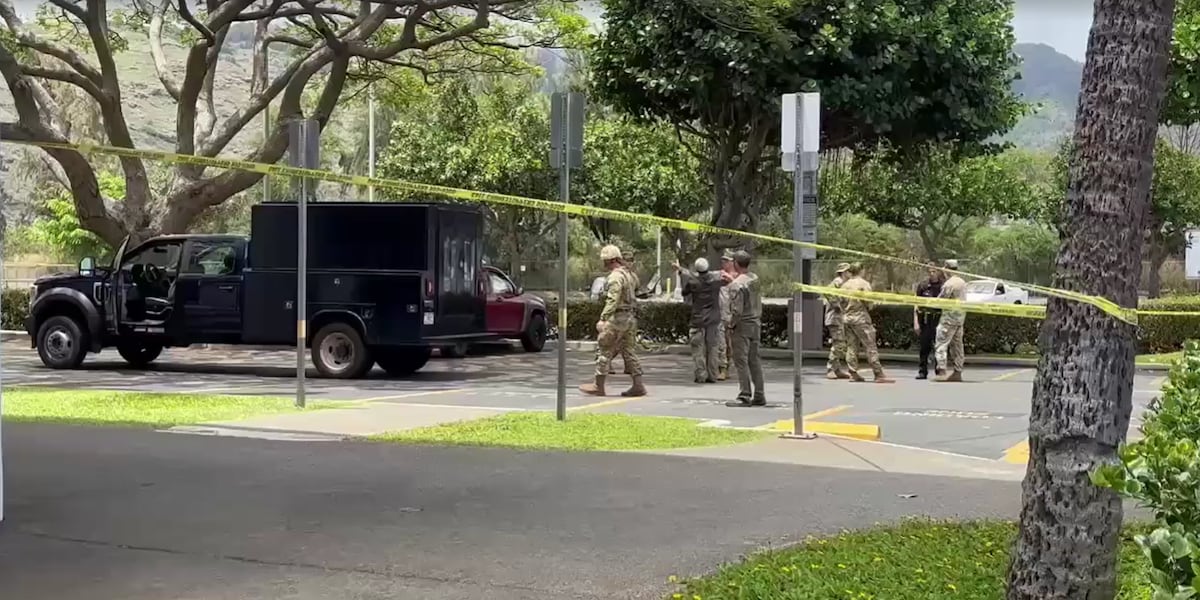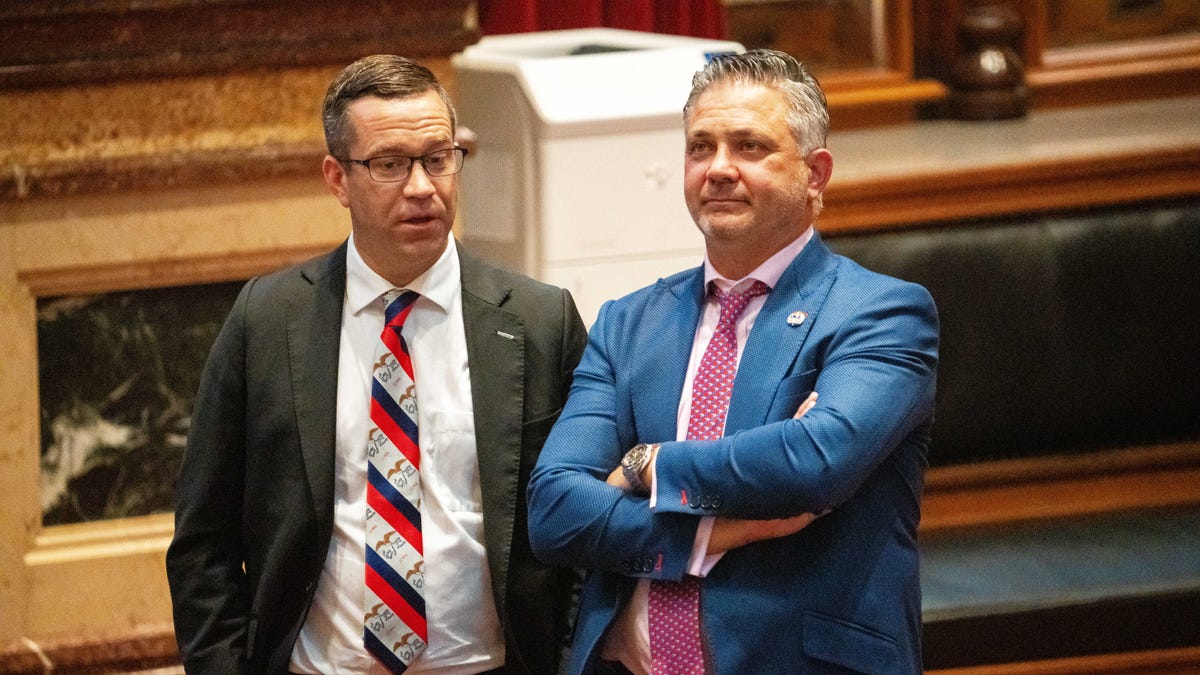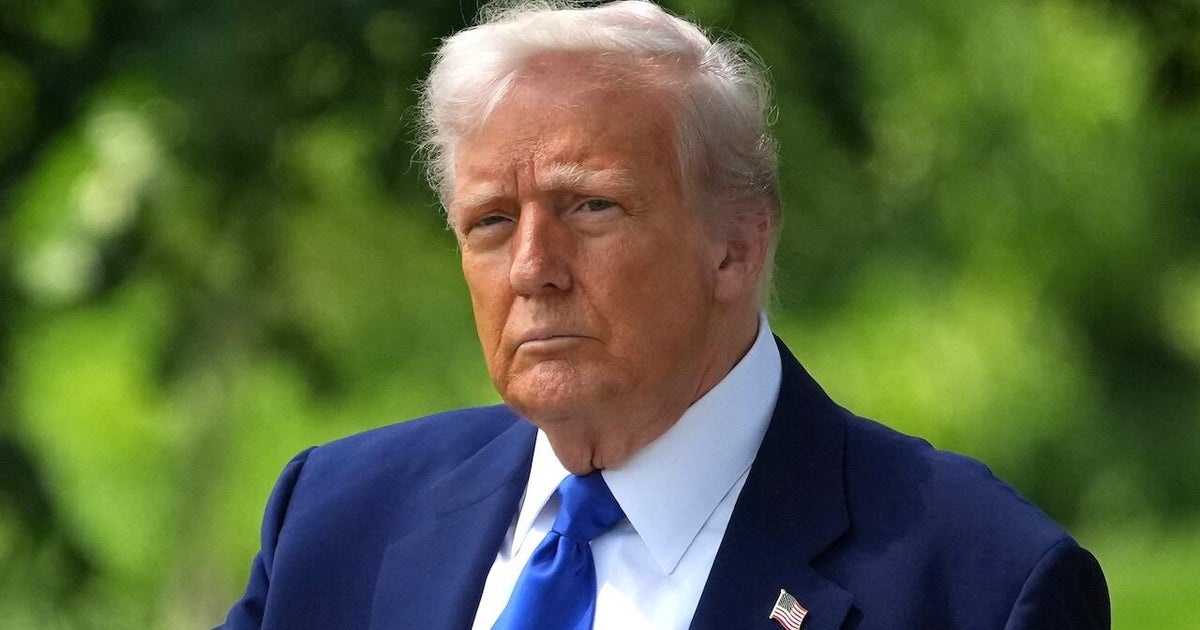World
Hungary, Poland, Slovakia to continue own bans on Ukraine grains
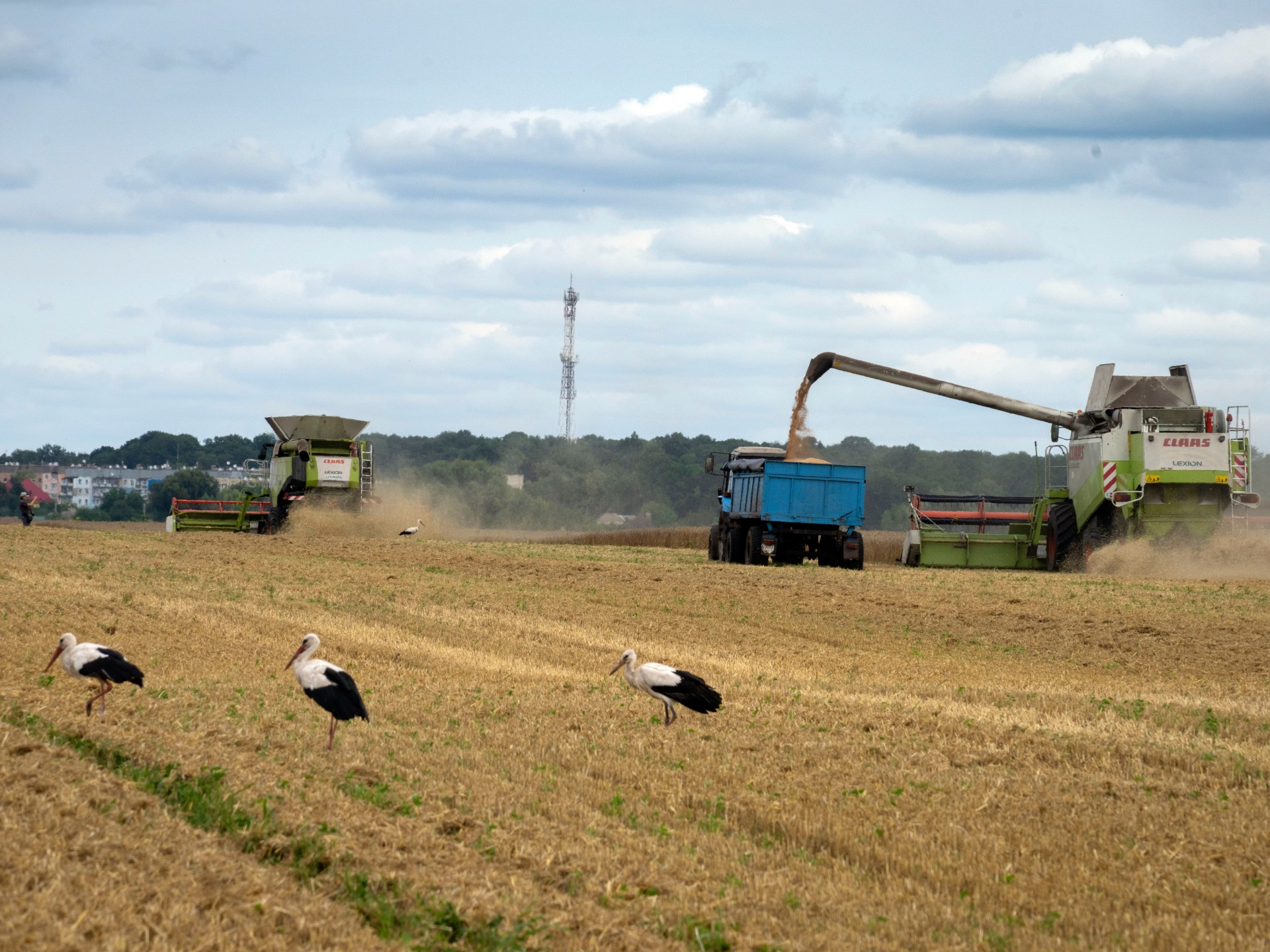
Farmers in countries neighbouring Ukraine have repeatedly complained about a product glut hitting their domestic prices.
Poland, Slovakia and Hungary will impose their own restrictions on Ukrainian grain imports, the governments said after the European Commission decided not to extend a ban affecting Ukraine’s five EU neighbours.
Restrictions imposed by the European Union in May allowed Poland, Bulgaria, Hungary, Romania and Slovakia to ban domestic sales of Ukrainian wheat, maize, rapeseed and sunflower seeds while permitting transit of such cargoes for export elsewhere.
“We will extend this ban despite their disagreement, despite the European Commission’s disagreement,” Polish PM Mateusz Morawiecki told a rally in the northeastern town of Elk on Friday. “We will do it because it is in the interest of the Polish farmer.”
Hungary imposed a national import ban on 24 Ukrainian agricultural products, including grains, vegetables, several meat products and honey, according to a government decree published on Friday.
Slovakia’s agriculture minister followed suit announcing his country’s own grain ban. All three bans only apply to domestic imports and do not affect transit to onward markets.
The EU created alternative land routes, so-called Solidarity Lanes, for Ukraine to use to export its grains and oilseeds after Russia backed out of the UN-brokered Black Sea grain deal in July that allowed safe passage for the cargo ships.
The European Commission said existing measures would expire as originally planned on Friday after Ukraine agreed to introduce any legal measures within 30 days to avoid grain surges.
“It has concluded that thanks to the work of the Coordination Platform and to the temporary measures introduced on 2 May 2023, the market distortions in the 5 Member States bordering Ukraine have disappeared,” the European Commission said in a statement.
The EU said it would refrain from imposing any restrictions as long as the effective measures by Ukraine are in place and fully working.
Farmers in the five countries neighbouring Ukraine have repeatedly complained about a product glut hitting their domestic prices and pushing them towards bankruptcy.
The countries, except Bulgaria, had been pushing for an extension of the ban passed its September 15 expiry.
Poland, Hungary, Slovakia and Romania previously said they may extend the restrictions unilaterally while Bulgaria on Thursday voted to scrap the curbs.
Romania’s government, which unlike its peers did not unilaterally enforce a ban before May, said on Friday it “regretted that a European solution to extend the ban could not be found”.
It added it was waiting for Ukraine to present its action plan of measures to prevent an import surge by September 18 before deciding how to protect Romanian farmers.
Romania sees over 60 percent of the alternate flows pass through its territory mainly via the Danube River and its farmers have threatened protests if the ban is not extended.
For the last year, Ukraine had been moving 60 percent of its exports through the Solidarity Lanes and 40 percent via the Black Sea thanks to the deal.
In August, about four million tonnes of Ukraine grains passed through the Solidarity Lanes of which close to 2.7 million tonnes were through the Danube. The Commission wants to increase exports through Romania further but the plan has been complicated by Russian drone attacks on Ukraine’s grain infrastructure along the Danube and near the Romanian border.

World
Trump makes historic UAE visit as first US president in nearly 30 years
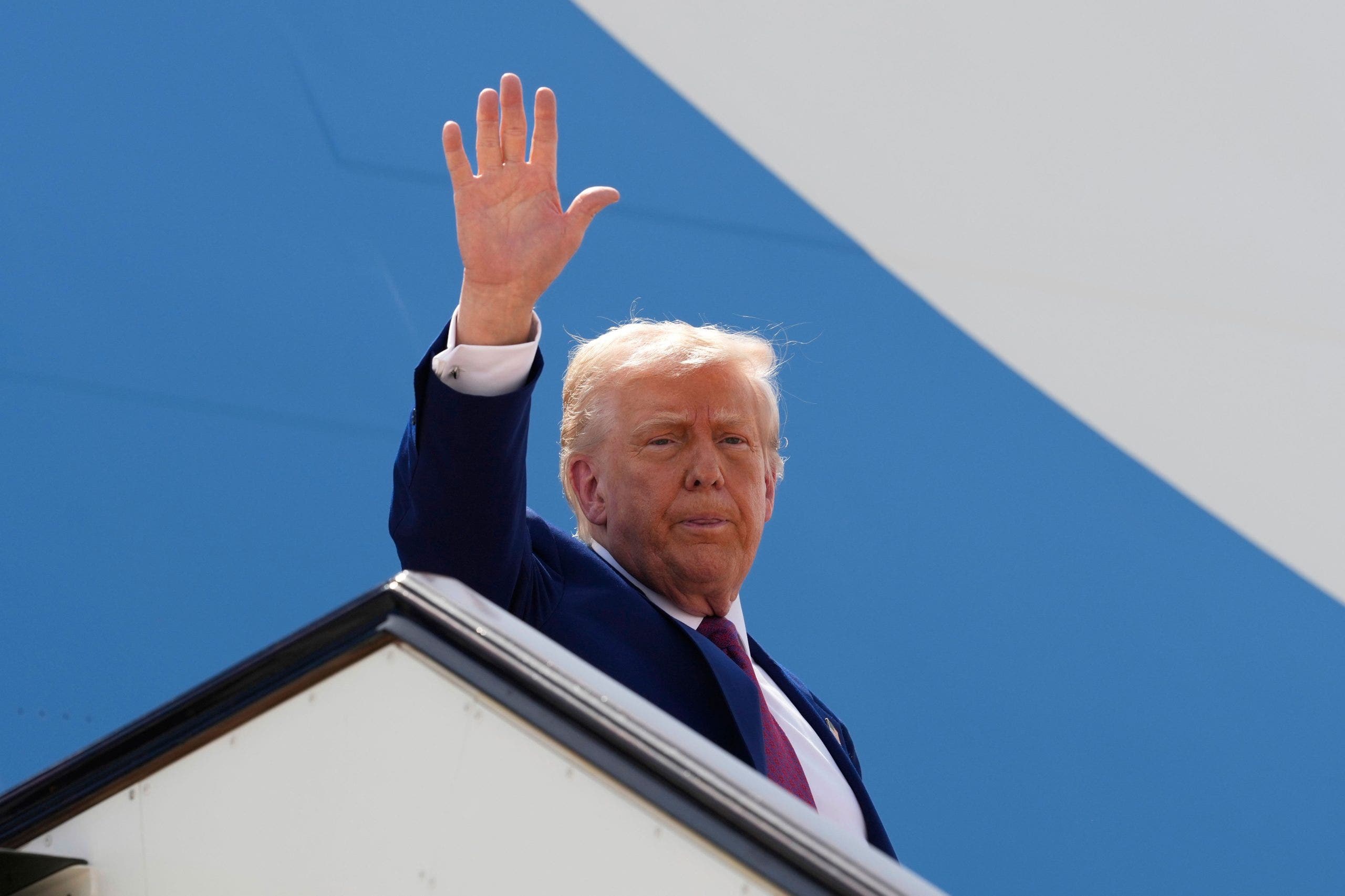
President Donald Trump on Thursday will soon land in the United Arab Emirates for his final stop in the Middle East this week in a visit that marked the first time a U.S. president has traveled to the nation in nearly 30 years, following President George W. Bush’s trip in 2008.
Trump, who has secured major business deals first in Saudi Arabia and then Qatar, is expected to announce more agreements with what has long been one of the U.S.’ chief trading partners in the region — though given recently announced trillion-dollar deals, it is unclear what more the Emiratis will agree to.
In March, the UAE pledged a $1.4 trillion investment in the U.S. economy over the next decade through AI infrastructure, semiconductor, energy and American manufacturing initiatives, including a plan to nearly double U.S. aluminum production by investing in a new smelter for the first time in 35 years.
President Donald Trump waves as he boards Air Force One to depart Al Udeid Air Base on his way to the UAE on Thursday, May 15, 2025, in Doha, Qatar. (AP Photo/Alex Brandon)
TRUMP SIGNS AGREEMENTS WITH QATAR ON DEFENSE AND BOEING PURCHASES
On the eve of the president’s visit to the Middle Eastern nation, the State Department also announced a $1.4 billion sale of CH-47 F Chinook helicopters and F-16 fighter jet parts to Abu Dhabi.
However, lawmakers on Wednesday suggested they may block this sale amid concerns over direct personal business ties, as Trump’s crypto venture has also received a $2 billion investment by a UAE-backed investment firm.
“If I was a betting person, I’d bet that the Emiratis almost certainly kept some things in reserve for President Trump’s actual visit that can be announced when he’s on the ground in Abu Dhabi,” John Hannah, former national security advisor to Dick Cheney and current Randi & Charles Wax senior fellow at the Jewish Institute for National Security of America (JINSA), told Fox News Digital. “I wouldn’t be at all surprised if we see some new items unveiled or some additional details put out on some of the earlier announcements.”
“The UAE has clearly staked its future on being the Middle East leader in a wide range of 21st-century technologies, from AI to chips to space,” he added. “And of course, the shopping list for high-end weapons is almost limitless and always a possible deliverable for a trip like this.”
Increased scrutiny arose around Trump’s Middle East tour as engagement with all three nations holds personal value to him, given the Trump Organization’s luxury resorts, hotels, golf courses, real estate projects and crypto investment schemes in the region.
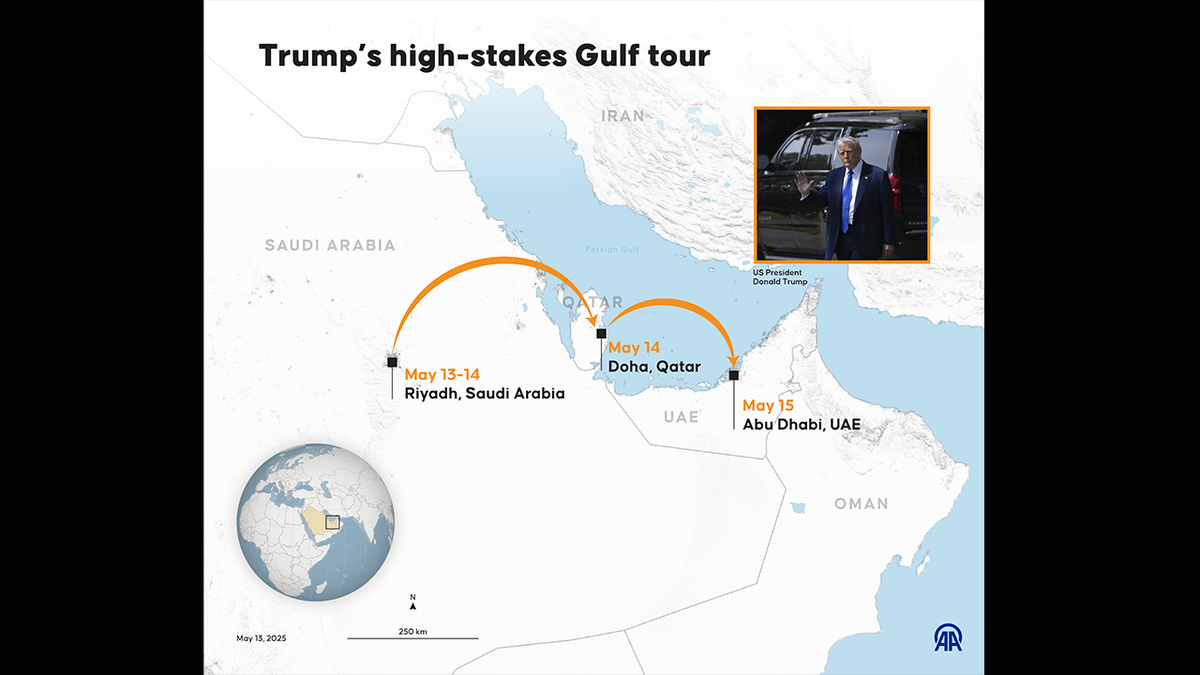
An infographic titled “Trump’s high-stakes Gulf tour,” created in Ankara, Turkey, on Tuesday. (Yasin Demirci/Anadolu via Getty Images)
TRUMP CONTINUES TO DEFEND QATAR GIFTING US $400M JET: ‘WE SHOULD HAVE THE MOST IMPRESSIVE PLANE’
But all three nations also hold significant value to Washington, as they have become key players in some of the toughest geopolitical issues facing the U.S. and its allies.
Saudi Arabia and Qatar have been integral in facilitating U.S. negotiations when it comes to ending Russia’s war in Ukraine and hostage negotiations in the Gaza Strip.
While neither of these issues appeared to be top points of discussion in Trump’s visit to Saudi Arabia or Qatar, he may hit on geopolitical ties more heavily when it comes to the UAE, particularly given that Abu Dhabi is one of the few Middle Eastern nations that holds normalized diplomatic ties with Israel.
The UAE has ardently opposed Israel’s military operations in the Gaza Strip, has called for a two-state solution, and has rejected Trump’s “riviera plans,” instead favoring an Egypt-reconstruction alternative.
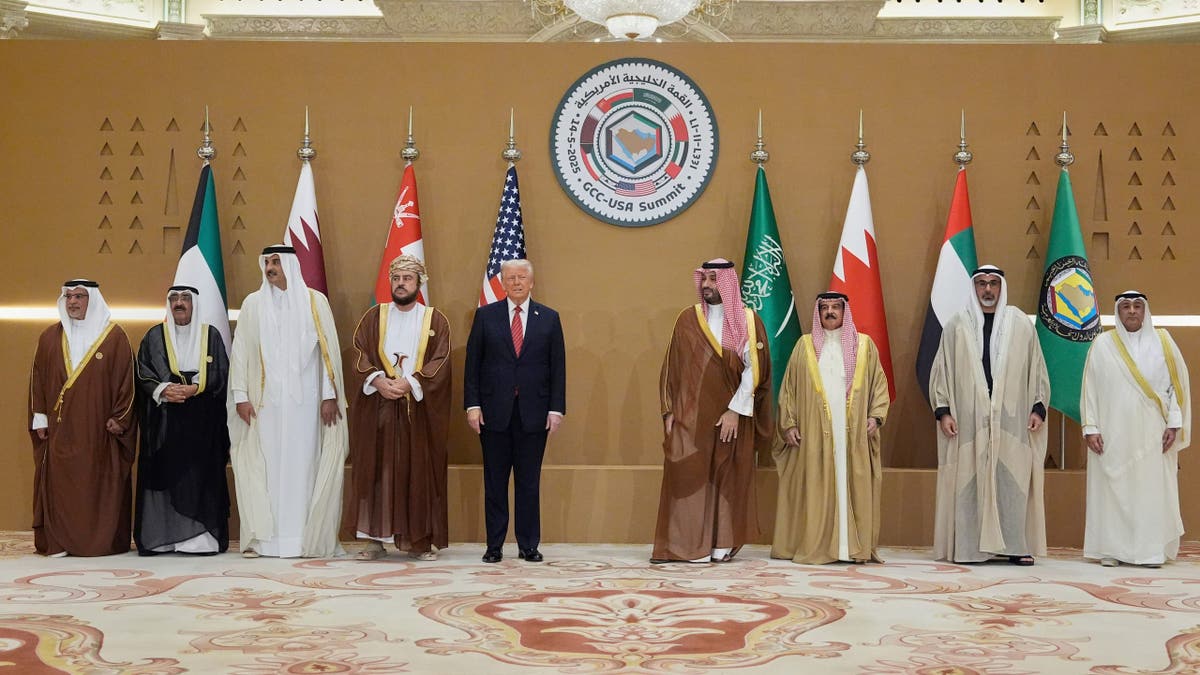
President Donald Trump, center, attends a photo session with Saudi Crown Prince Mohammed bin Salman, United Arab Emirates Crown Prince Sheikh Khaled bin Mohamed bin Zayed Al Nahyan, Qatar’s Emir Sheikh Tamim bin Hamad Al Thani, Kuwait’s Crown Prince Mishal Al-Ahmad Al-Jaber Al-Sabah and Gulf Cooperation Council Secretary-General Jasem Mohamed Albudaiwi during the GCC Summit in Riyadh, Saudi Arabia, on Wednesday. (AP Photo/Alex Brandon)
But Abu Dhabi has also maintained relations with the U.S.’ biggest adversaries, including China, Russia and Iran, which could be a topic of conversation during Trump’s one-day visit.
“As everywhere on this trip, the headlines will likely be dominated by the dollar signs and deal-making,” Hannah said. “But I’m personally most interested in the geopolitical angle of trying to reset the U.S.-Emirati strategic partnership, especially in the context of America’s great power competition with China and to a lesser extent Russia, and regionally with Iran.”
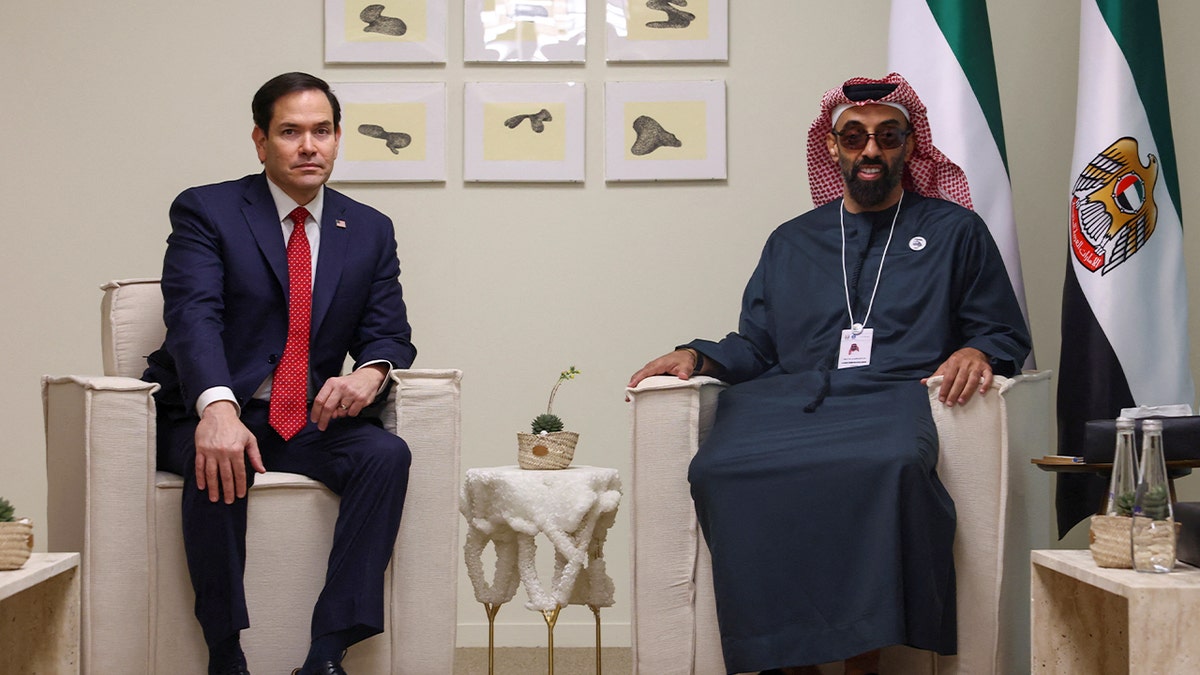
Secretary of State Marco Rubio, left, appears with UAE National Security Advisor Sheikh Tahnoon bin Zayed Al Nahyan at ADNEC Centre Abu Dhabi in Abu Dhabi, United Arab Emirates, on Feb. 19. (Reuters/Evelyn Hockstein/Pool)
Hannah explained that Trump’s visit to the UAE exemplifies a recommitment by the U.S. economically and militarily to support Abu Dhabi’s “stability, security, and success in a dangerous neighborhood” and could “pay real dividends going forward.”
“The UAE’s top leadership has come to believe that putting most of its eggs into the American basket was an increasingly risky bet as one president after another decided that the Middle East was a lost cause — nothing but ‘blood and sand’ as President Trump famously said in his first term — and the country needed to pivot its focus toward Asia,” he continued. “With a country as influential and resource-rich as the UAE, correcting that unhelpful perception and putting the strategic relationship back on a much more positive dynamic is an important goal.”
World
Leak: Commission to launch PFAS clean-ups in water resilience strategy
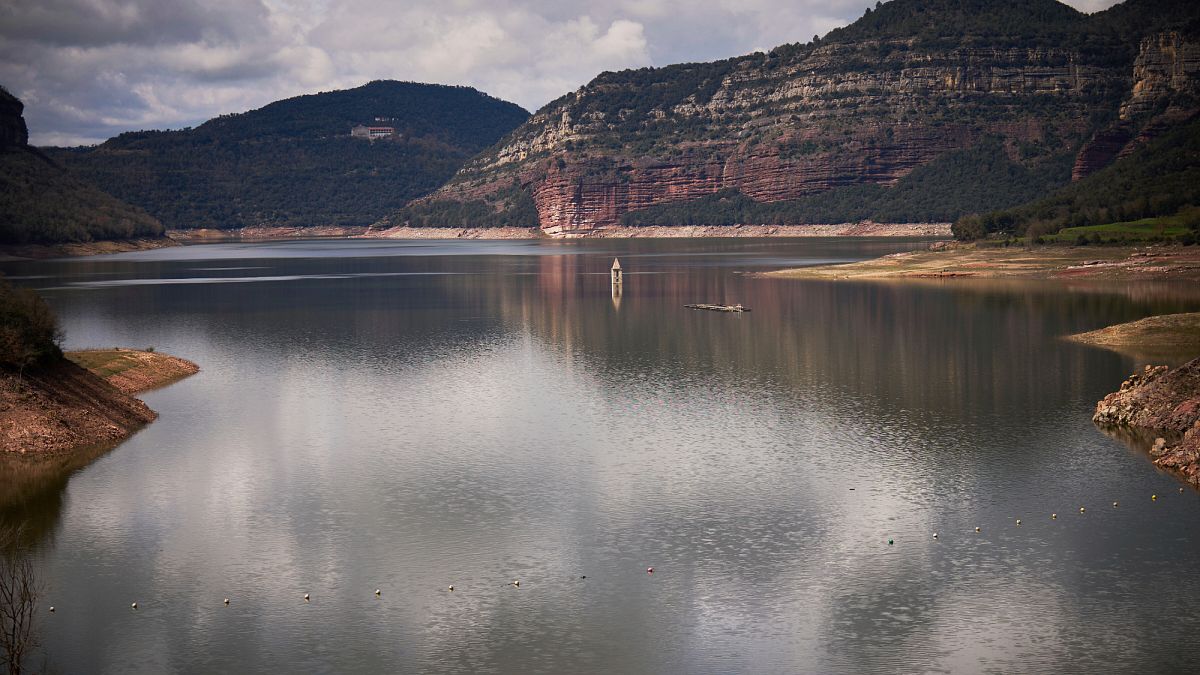
The European Commission is preparing to support a major clean-up initiative targeting Per- and polyfluoroalkyl substances (PFAS), also known as “forever chemicals” due to their persistence in the environment and human body, according to a leaked proposal seen by Euronews.
The operation, which is expected to start in 2026, is a central feature of the forthcoming EU Water Resilience Strategy.
Controversially shelved by the previous Commission and now slated for presentation by 4 June, the new strategy aims to address increasingly severe flooding, droughts, and escalating water pollution across Europe.
According to a leaked draft of the proposal seen by Euronews, the Commission warns that “urgent action is needed to tackle pollutants of emerging concern which pose a risk to our vital sources of drinking water.”
“The EU must embark on decisive efforts to clean up these and other ubiquitous, persistent, bio-accumulative, and toxic substances, particularly where such chemicals remain indispensable for societal or industrial use,” the draft continues.
The leaked document stresses that remediation should follow the “polluter pays” principle, with public funding reserved for so-called orphan sites, namely locations where no responsible party can be identified.
The estimated cost of cleaning up PFAS contamination across Europe ranges from €5 billion to €100 billion annually, according to the Commission. The water sector alone could face up to €18 billion in additional yearly expenses for drinking water treatment. Costs for wastewater and sewage sludge management are projected to be even higher.
Among the planned initiatives is a public-private partnership launching in 2026, focused on the detection and clean-up of PFAS and other persistent chemicals. The initiative will align with recently revised EU legislation on industrial emissions, drinking water, and wastewater, and is intended to foster innovation and market development within the European water sector.
“Innovation and digitalisation are indispensable to remove emerging pollutants like PFAS and other toxic micro-substances,” the Commission notes in the draft adding that bio-based technologies could offer long-term solutions. The document also highlights the importance of achieving energy neutrality in the wastewater sector and improving integrated urban water management.
The PFAS actions in the strategy are intended to complement ongoing efforts under the revision of the EU’s REACH framework, as outlined in President von der Leyen’s 2024–2029 political guidelines, which are also slated for revision soon.
By the end of 2025, the Commission aims to adopt a comprehensive restriction on all PFAS in firefighting foams, identified as one of the primary sources of PFAS emissions.
PFAS and other highly persistent pollutants continue to accumulate in EU waters, with estimated health-related costs ranging from €52 billion to €84 billion annually.
Aligned with the Zero Pollution Action Plan, the Commission also proposes a monitoring and outlook system to tackle water and marine pollution at its source.
World
Early human ancestors used their hands to both climb trees and make tools, new study shows
WASHINGTON (AP) — Our hands can reveal a lot about how a person has lived – and that’s true for early human ancestors, too.
Different activities such as climbing, grasping or hammering place stress on different parts of our fingers. In response to repeated stress, our bones tend to thicken in those areas.
To study how ancient humans used their hands, scientists used 3D scanning to measure and analyze the bone thickness of fingers.
They focused on the fossil hands of two early human ancestor species recovered from excavations in southern Africa, called Australopithecus sediba and Homo naledi. The individuals lived around 2 million years ago and around 300,000 years ago, respectively.
Both ancient human species showed signs of simultaneously using their hands to move around – such as by climbing trees – as well as to grasp and manipulate objects, a requirement to being able to make tools.
“They were likely walking on two feet and using their hands to manipulate objects or tools, but also spent time climbing and hanging,” perhaps on trees or cliffs, said study co-author and paleoanthropologist Samar Syeda of the American Museum of Natural History.
The research was published Wednesday in Science Advances.
The findings show there wasn’t a simple “evolution in hand function where you start off with more ‘ape-like’ and end up more ‘human-like,’” said Smithsonian paleoanthropologist Rick Potts, who was not involved in the study.
Complete fossil hands are relatively rare, but the specimens used in the study gave an opportunity to understand the relative forces on each finger, said Chatham University paleontologist Erin Marie Williams-Hatala, who was not involved in the study.
“Hands are one of the primary ways we engage with world around us,” she said.
___
The Associated Press Health and Science Department receives support from the Howard Hughes Medical Institute’s Science and Educational Media Group and the Robert Wood Johnson Foundation. The AP is solely responsible for all content.
-

 Austin, TX5 days ago
Austin, TX5 days agoBest Austin Salads – 15 Food Places For Good Greens!
-

 Technology1 week ago
Technology1 week agoBe careful what you read about an Elden Ring movie
-

 Culture1 week ago
Culture1 week agoPulitzer Prizes 2025: A Guide to the Winning Books and Finalists
-

 Technology6 days ago
Technology6 days agoNetflix is removing Black Mirror: Bandersnatch
-

 Education1 week ago
Education1 week agoUniversity of Michigan President, Santa Ono, Set to Lead University of Florida
-

 World7 days ago
World7 days agoThe Take: Can India and Pakistan avoid a fourth war over Kashmir?
-

 News6 days ago
News6 days agoReincarnated by A.I., Arizona Man Forgives His Killer at Sentencing
-

 News1 week ago
News1 week agoJefferson Griffin Concedes Defeat in N.C. Supreme Court Race

